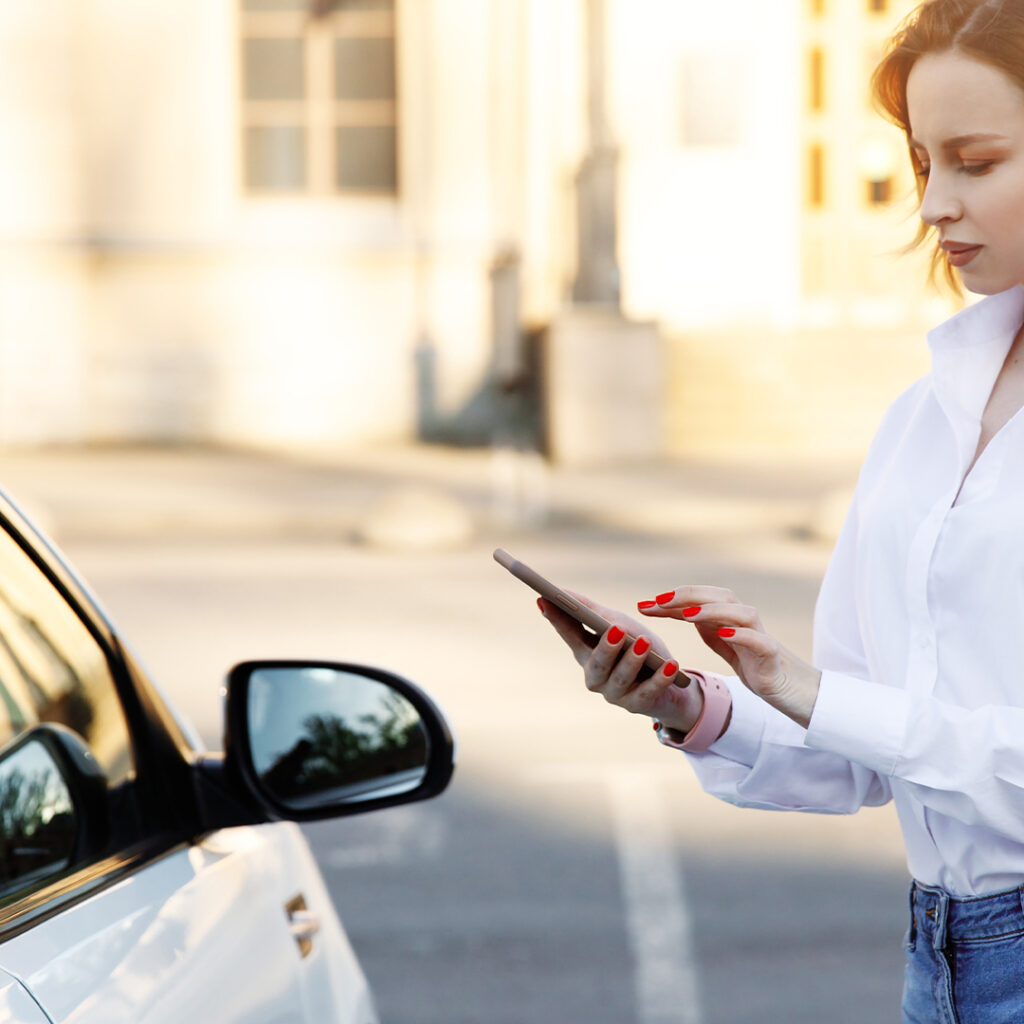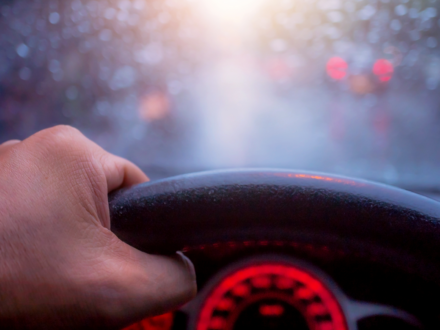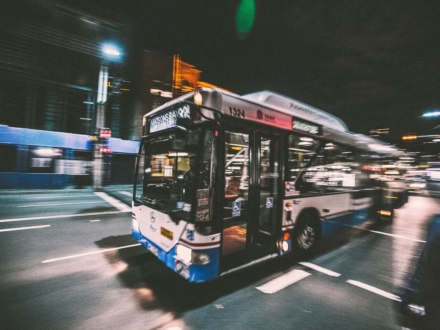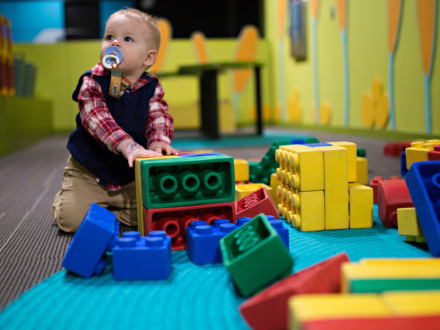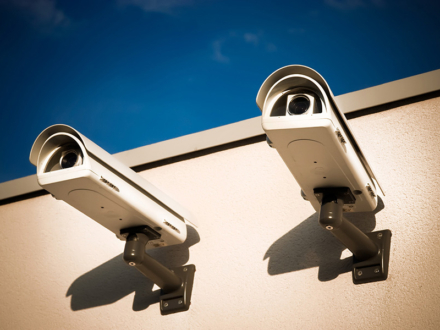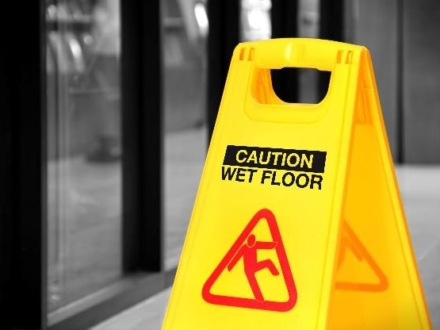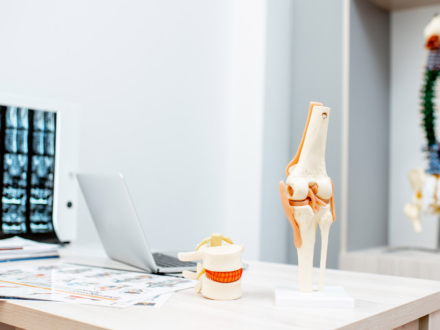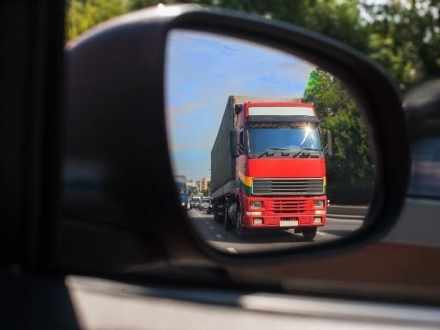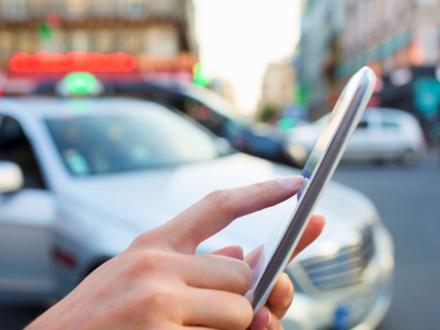
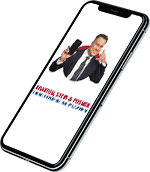
The South Florida Injury Law Firm
Hurt in a Florida Ride Share Accident? Get Needed Compensation
After a night out drinking with your friends, you do the responsible thing: you get a ride share home. Unfortunately, the car you are riding in gets into an accident and you are seriously injured.
Or maybe you are a driver for Uber, Lyft, or one of the countless other ride share businesses popping up all around Florida. While heading to pick up a passenger, another car sideswipes your vehicle, and you get hurt badly.
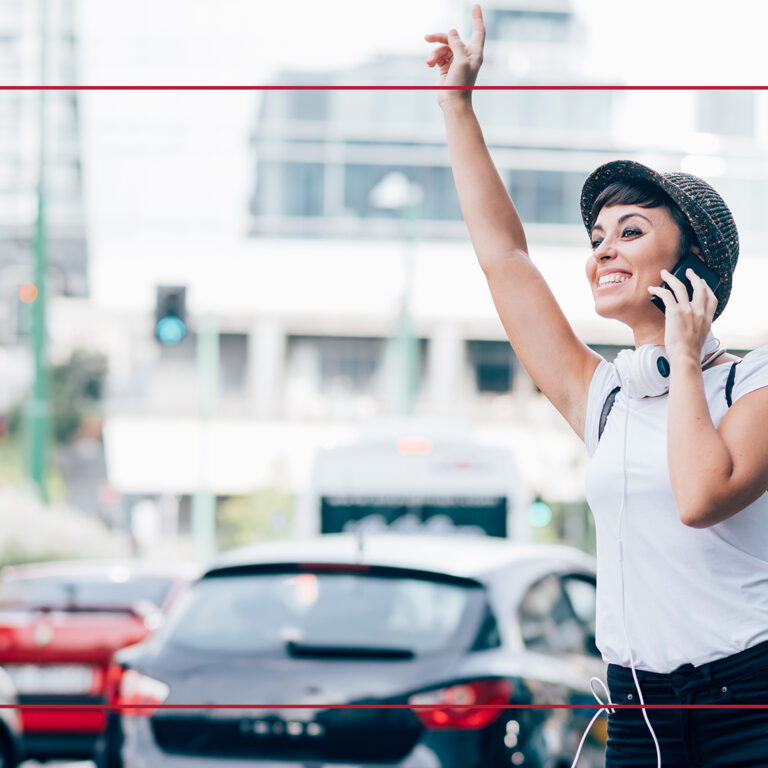
The South Florida Injury Law Firm
When You Need a Truck Accident Lawyer in Delray Beach
When you hire a taxi cab to take you somewhere, the person driving you will be an employee of that taxi cab company, and they are required by law to be fully insured. This is not how things work with Uber, Lyft, and other ride shares.
Technically, the drivers of these companies are not employees, but independent contractors. They use their own cars to take people around. They are permitted to use their own auto insurance for liability coverage.
These things mean that ride share companies do not have as many expenses involved in running their business. It is one of the reasons that their prices are so often lower than taking a taxi.
However, it is a business situation that leaves people vulnerable if they get injured. If a taxi injures someone due to the driver’s negligence, faulty parts, and so on, the taxi company is always responsible. Because the company owns the car. Because the driver is their employee.
With ride shares, though, there are far more variables involved. Did the driver have a fare in the car with them? Were they on the way to pick someone up? Did they have the app on?
Someday, lawmakers may set more ground rules for ride share businesses, but the sad truth is that right now there are a lot of loopholes that can allow them to get away with not paying. You have to know how to fight back – and who to go after. At The South Florida Injury Law Firm, that is what we do.
The South Florida Injury Law Firm
Despite all of the many good things about ride shares, they are not accident-proof.
Which begs the question: if you get severely hurt while riding in or driving a ride share vehicle (or even hurt by a ride share as a third party), what happens? Who is liable? Who covers the cost of your medical bills?
Here is the good news: both Uber and Lyft have insurance policies that cover injured people up to $1 million. Now the bad news: it only comes into play in certain situations.
Sadly, that is not the end of the bad news. Generally speaking, if the ride share company did not pay, you would expect that the driver’s own personal insurance would cover you. Not so in many ride share accidents, because most personal insurance policies include a clause prohibiting you from commercial driving.
Does this mean that you are out of luck? Not at all.
At The South Florida Injury Law Firm, our lawyers have helped people to get needed compensation from injuries sustained in all kinds of auto accidents – including crashes involving ride share vehicles. We understand the complex web of laws surrounding this emerging area and how to fight to ensure you hold the responsible parties accountable and get what you deserve.
Types of Ride Share Injuries The South Florida Injury Law Firm Can Help You With
Passenger accidents
There is always a chance that you will get into a car crash if you step into a vehicle. Most people know and accept this, but that does not make it any less surprising when it happens. If you get hurt while using a ride share service and learn that they will not pay, it can feel like being kicked by them while you are already down. Although in many cases passenger injuries should fall under their $1 million coverage, this is not always the case. In particular, you should watch out for coverage denials if the other motorist is deemed at fault, and they are either uninsured or underinsured.
Driver accidents
As mentioned above, it is not just passengers who can get hurt in ride share vehicles, but also the drivers. Will the company cover the cost of your injuries? It depends. Drivers for Uber and Lyft are covered for up to $1 million when they are taking a paying passenger from place to place. Uber now also covers their drivers between fares as long as the app is on. However, this is not necessarily the case for all ride share businesses. You have to know your company’s specific policies to understand what kind of help you can expect and know when you will likely need to push back and fight for what you need.
Third-party accidents
Who else can get hurt in ride share accidents? Other drivers. Passengers in other vehicles. Pedestrians. Basically, anyone who could potentially be harmed in any auto accident in Florida.
The big question here will be whether the ride share business can be held liable or if they will attempt to push responsibility onto the driver and his or her personal insurance. This will depend on a number of factors, most notably whether they were taking a passenger somewhere or using the app.
What Makes Ride Share Services Different from Taxi Services in Florida?
